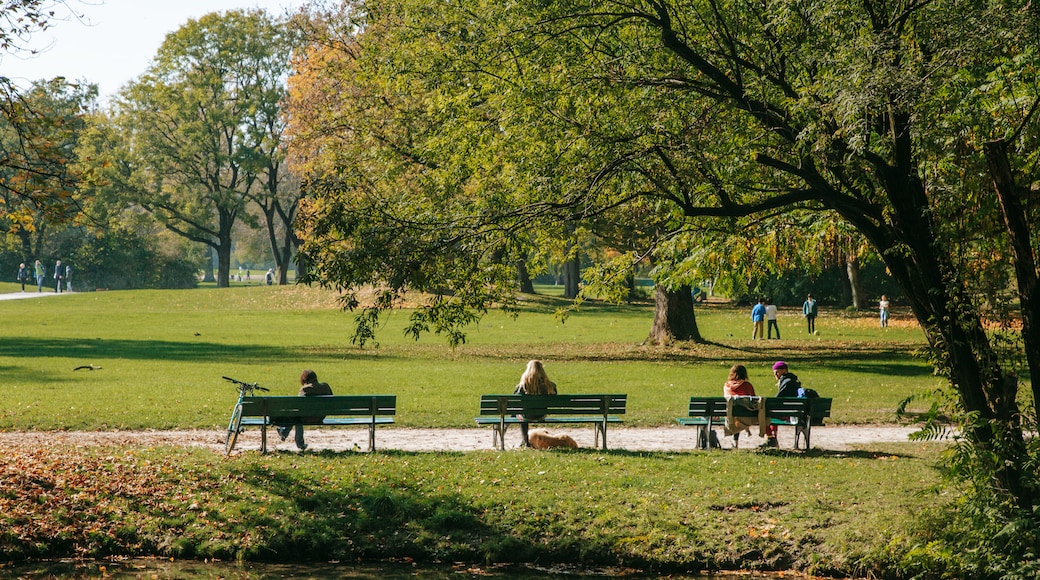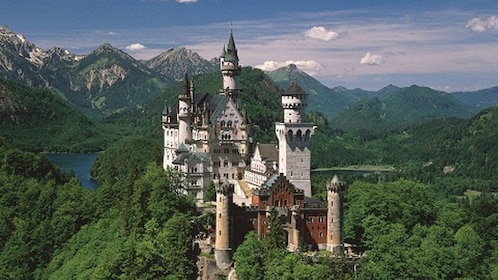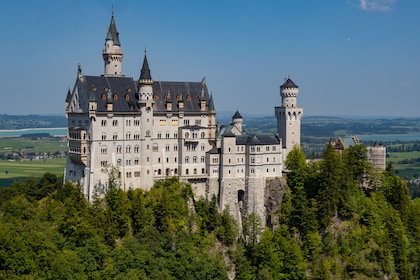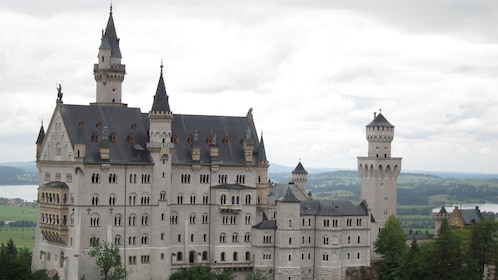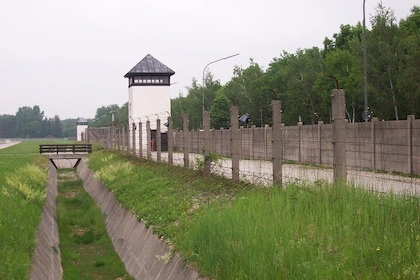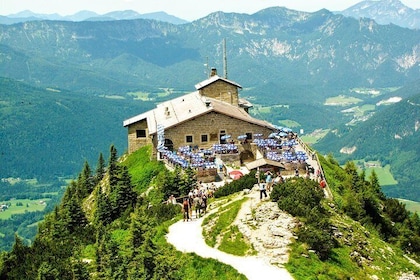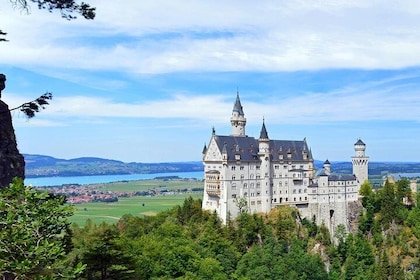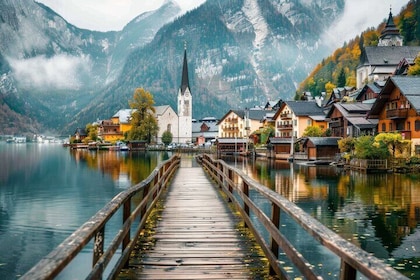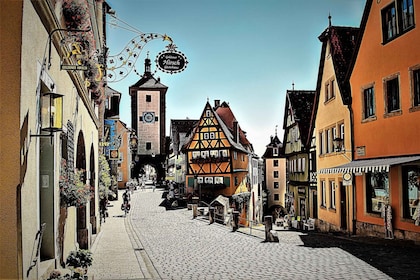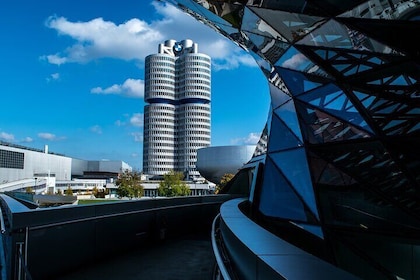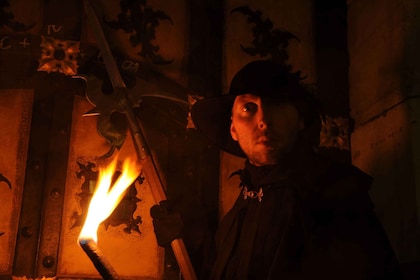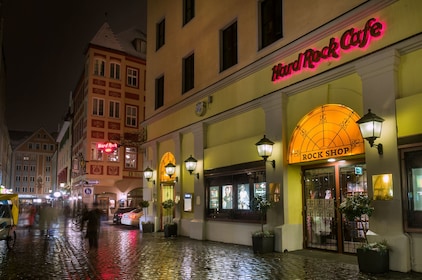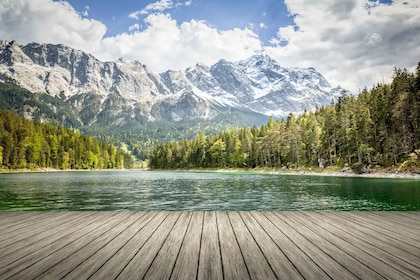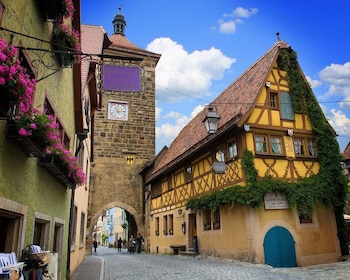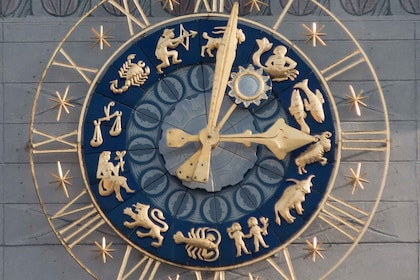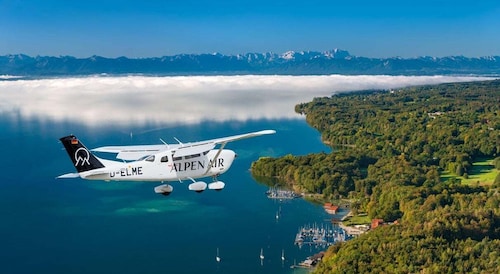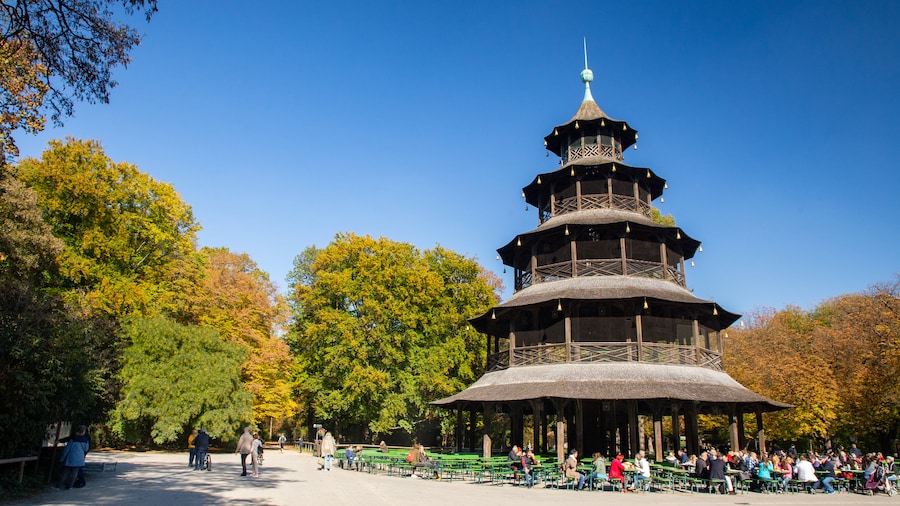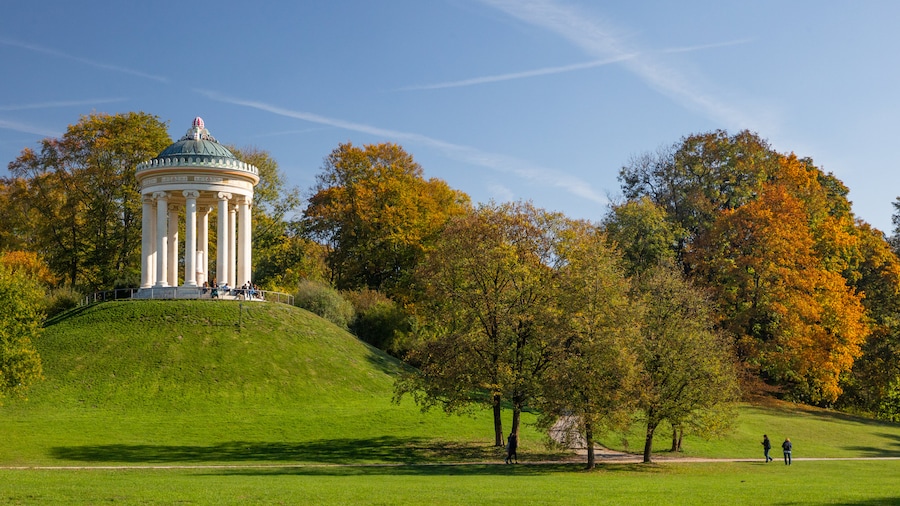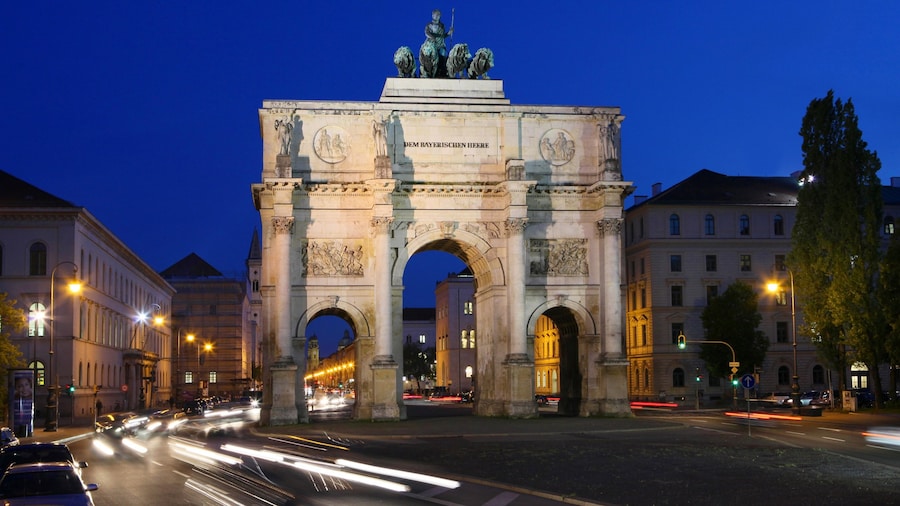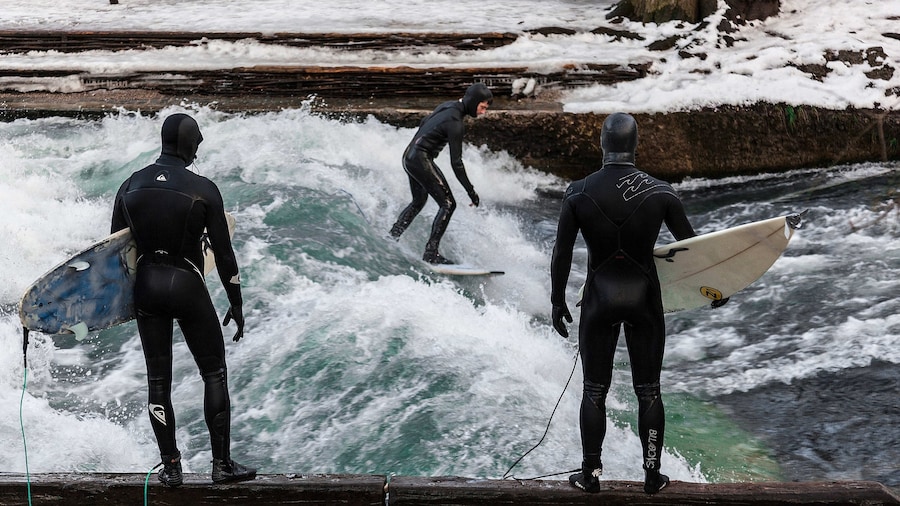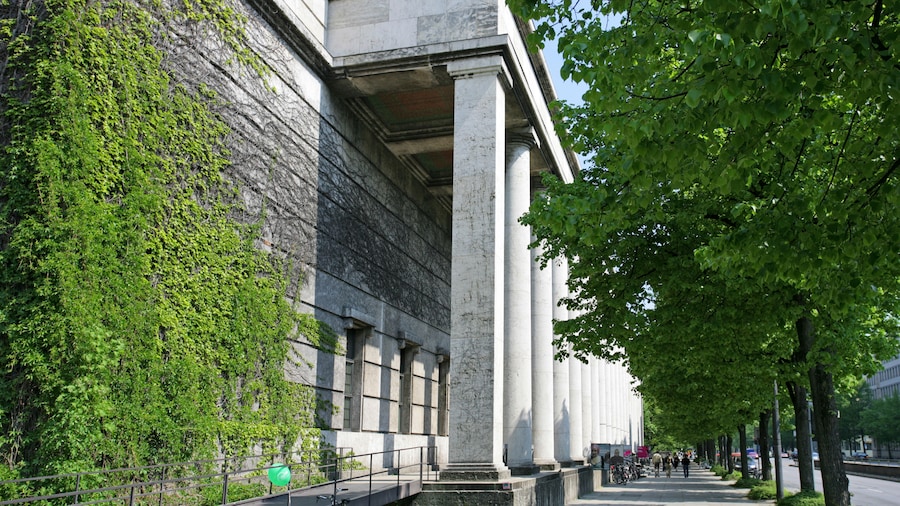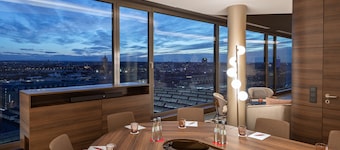Escape the city and head to one of the world’s largest urban parks, which has lakes and meadows, as well as beer gardens and a variety of interesting relics.
The genesis of the Englischer Garten came in 1789, when a wild area along the River Isar was set aside to become gardens. The garden’s current look can be attributed in large part to the landscape gardener Friedrich Ludwig von Sckell, who envisioned a garden with sweeping English landscape components. The English Garden runs from the city centre to the northeastern limits of Munich, covering a total area of around 1.4 square miles (3.6 square kilometres).
The River Isar runs through the English Garden and is a great source of entertainment for locals. The river is used for rafting, swimming and sunbathing – sometimes in the nude. Even surfing is a possibility here in modern-day Munich. The stationary wave, located near a bridge over the Isar, has become a cult attraction, with tour buses stopping to view the surfers. Barbecues are also permitted on the banks of the river in certain designated areas.
One focal point of the garden is the man-made lake, Kleinhesseloher See. Rent a rowboat and drift along with the various geese, ducks and swans that make their homes here. See the Japanese Tea House on a small island in the river, along with the Greek love temple Monopteros and the famous Chinese Tower. This tower is surrounded by a beer garden, and sometimes a traditional oompah band entertains the crowd.
Every season brings a new activity to the garden. In the warmer months, people flock there to picnic in the sunshine. During winter, children sled down the hills, and ice skating is available on the Kleinhesseloher See. Several horse tracks through the park remain open, and beautifully dressed riders can be frequently seen exercising their animals.
Take a carriage ride through the park and see the sights in comfort. The Englischer Garten is accessible on foot or by bike from the city, and a bus stops at the Chinese Tower.

